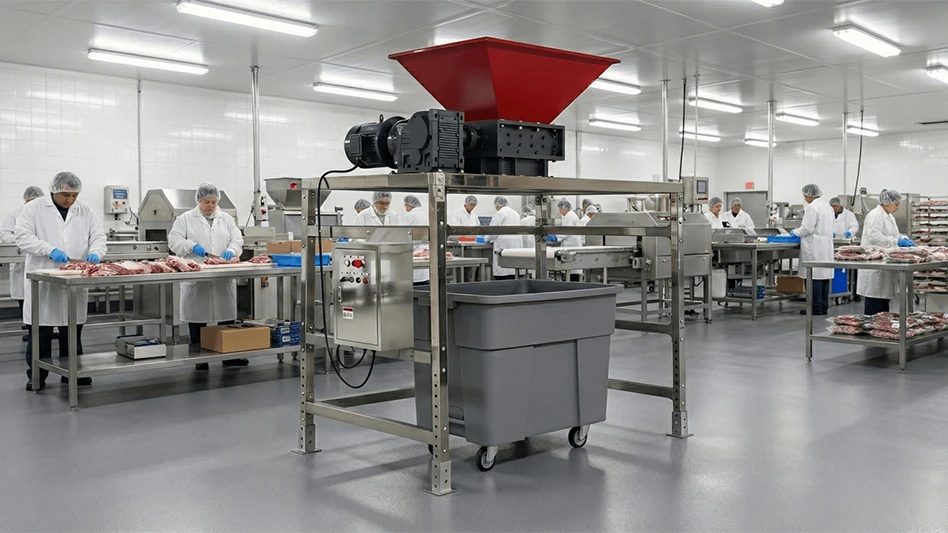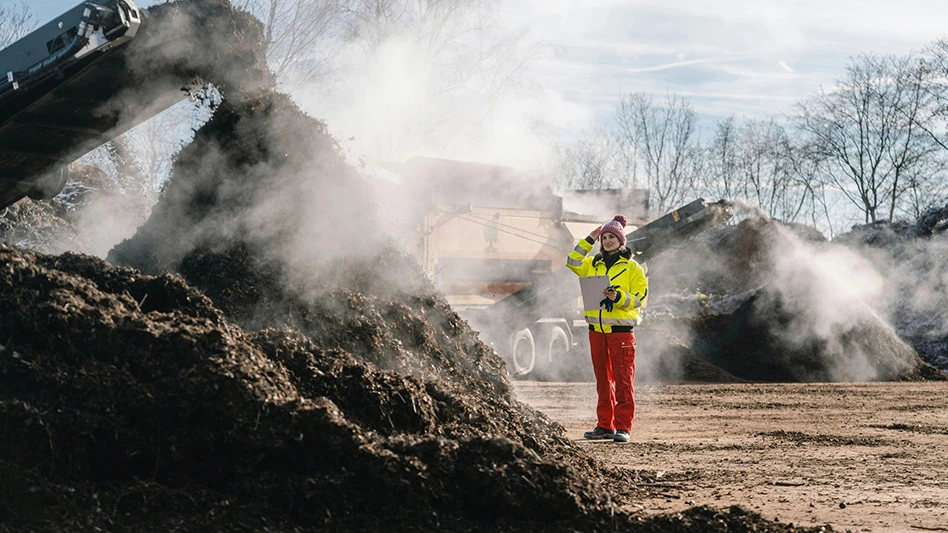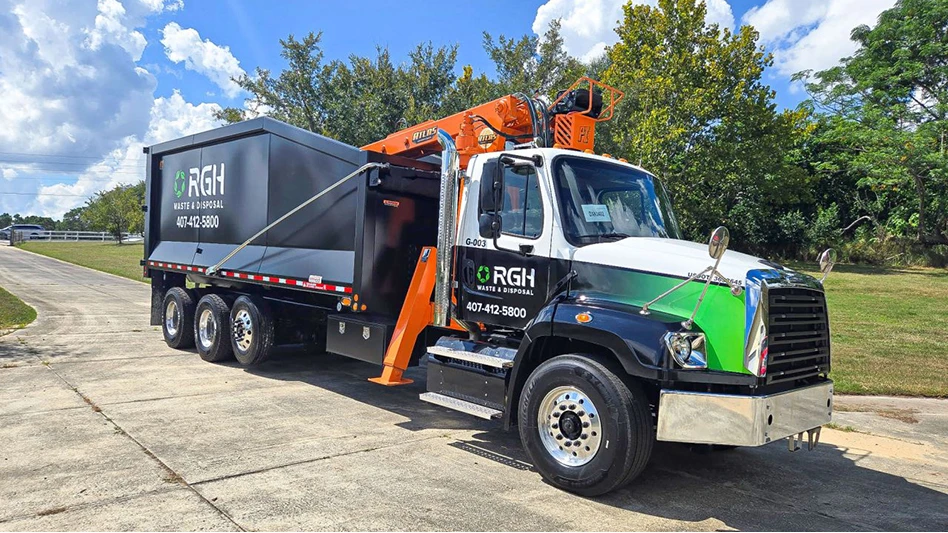
Conversion technologies have had a long history in the U.S., transforming from volume-reduction incinerators in the 1950s to sophisticated fuel and energy producing systems today that process, condition and divert waste to extract maximum value. While the ’50s through the ’90s were dominated by mass-burn facilities and modular incineration with minimal preprocessing or separation of recyclables, today’s technologies have responded to the market’s desire for greater efficiency and increased diversion from landfill. There was a brief interlude in the 1970s when the U.S. Environmental Protection Agency provided loan/grant funding to demonstrate processing, gasification and pyrolysis technologies to produce steam, syngas and even “Garb-Oil”; none of which worked nor advanced to commercialization.
The global rhetoric on waste diversion and recycling is changing, too, from a “take-make-consume and dispose” approach to a “circular economy” where materials are repaired, repurposed and recycled instead of going to landfill disposal, turning waste materials into a resource. Many companies are pledging to achieve zero-waste-to-landfill systems.
Processing, recycling and remanufacturing all require energy to run equipment, and if a plastic, for example, can’t be economically recycled, then it seems more logical to use technology to recover the fossil energy in that plastic than landfill the plastics and let that energy escape another use cycle.
Until measuring the circular economy is as well-regarded as measuring recycling rates, waste-to-energy (WTE) facilities need to demonstrate their value as more than just an alternative to landfilling. Many states do not recognize WTE as recycling or grant renewable energy credits, but an increasing number are setting high recycling and diversion goals. The WTE industry needs to adapt and meet the needs of our communities, offering solutions that can be permitted and accepted more readily than traditional mass burn.
Some companies are already offering integrated solutions that include multiple processing stages and back-end technologies. WTE can be paired readily with front-end organics recovery or recyclables recovery. In Montgomery, Alabama, Infinitus Energy is taking in mixed municipal solid waste (MSW), separating out recyclables and organics, partnering with Lafayette, California-based Zero Waste Energy to eventually turn those organics into an anaerobic digestion (AD) system to produce compressed natural gas (CNG) and compost. Infinitus is considering technologies to turn the residuals from the mixed-waste processing into a fuel or energy product. The Swiss company, Hitachi Zosen, which recently acquired AD provider Kompogas, is promoting the use of mechanical biological treatment (MBT) and organics recovery as well as its thermal recovery system for residuals. Covanta, the largest WTE company in North America, has developed a preprocessing facility for its Indianapolis WTE facility that will recover recyclables from the incoming waste stream before the residual is combusted for energy. Covanta also has developed a partnership with Turning Earth in Connecticut for organics recovery and processing, maximizing recovery and diversion from the waste stream. Combining waste processing technologies is not a new concept in Europe, where MBT facilities incorporate solutions to maximize recovery of recyclables, organics and energy from refuse-derived fuel.
The market shows that many of these technologies are complementary, as WTE companies have been partnering, acquiring or developing processing technologies so they can offer more comprehensive solutions. These facilities are long-term assets that help communities achieve waste diversion goals, create valuable products and contribute to the evolution of our circular economy.
Harvey Gershman is president of Gershman, Brickner & Bratton Inc., solid waste management consultants, hgershman@gbbinc.com.Research assistance provided by Eric Weiss, consultant I; Ljupka Arsova, consultant II; and Elizabeth Rice, senior consultant.
Latest from Waste Today
- New York finalizes greenhouse gas emissions reporting regulations
- EPA selects 2 governments in Pennsylvania to receive recycling, waste grants
- NWRA Florida Chapter announces 2025 Legislative Champion Awards
- Yolo County reports fatality at Central Landfill
- New Way expands Canadian presence with Joe Johnson Equipment partnership
- Buffalo Biodiesel shares updates on facility modernization, NYSDEC compliance
- CETY launches HTAP platform for anaerobic digestion facilities
- Terex Ecotec announces Blue Machinery as distributor





